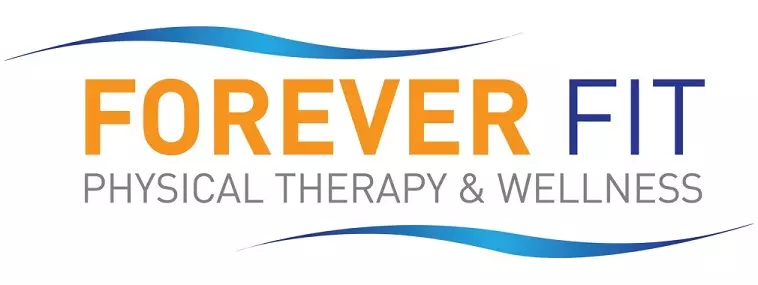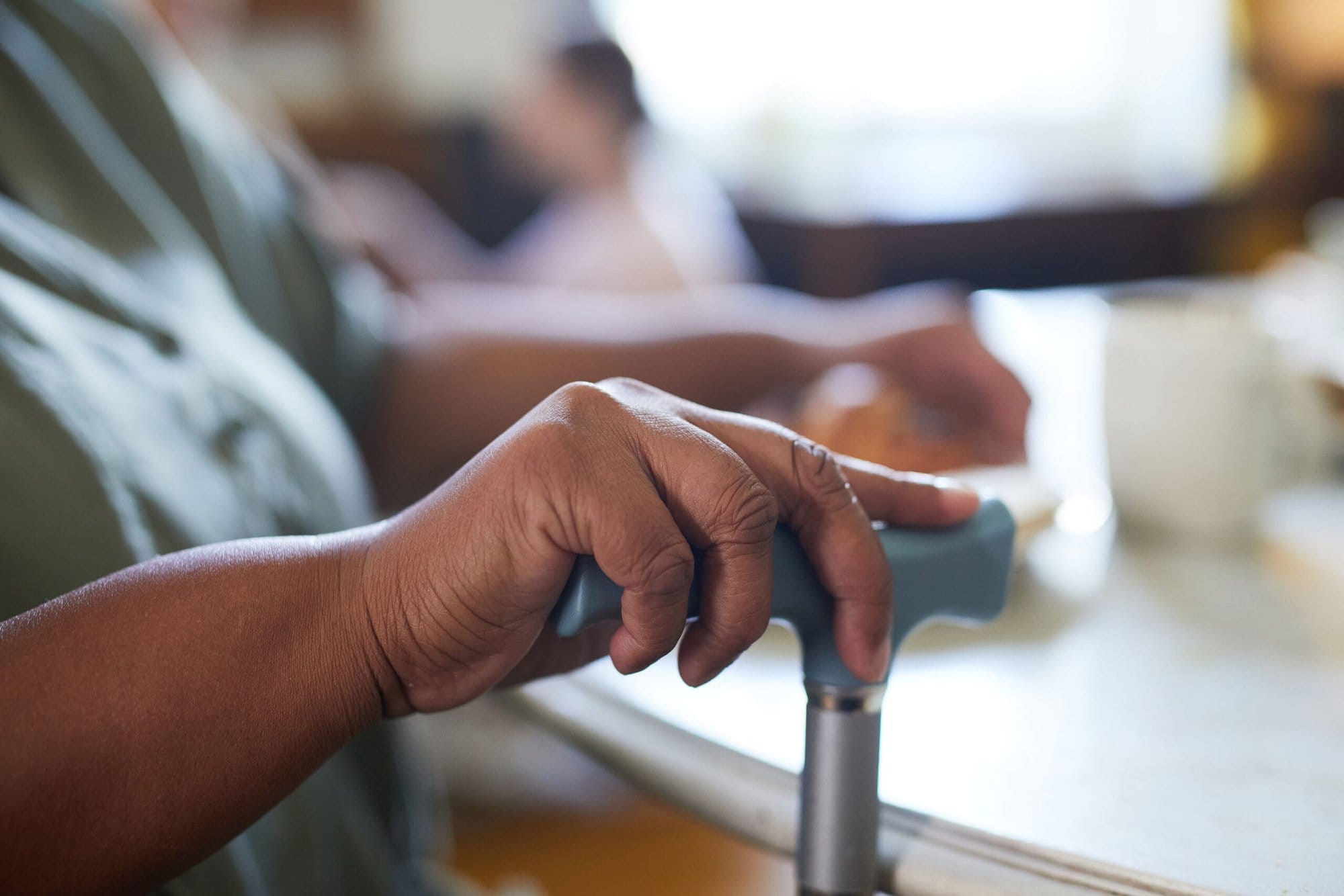If you or someone you love has recently had a stroke, you may not be sure where to start with rehabilitation. Strokes often have lingering effects that need to be addressed with treatment. In some cases, these may require continuous medical treatment. For post-stroke symptoms like mild weakness and balance issues, physical therapy can be helpful. Physical therapy focuses on helping people get back to their daily life routines safely and steadily.
When you’re looking into post-stroke rehab options, it can help to understand what treatment might look like. With this guide, you can get a step-by-step look at how the physical therapy post-stroke rehabilitation process works.
Physical therapy rehabilitation after a stroke: A step-by-step process
- Full evaluation — The first step in starting physical therapy after a stroke is a one-on-one evaluation. This comprehensive assessment can help your licensed physical therapist better understand your condition, symptoms and goals. During your evaluation, your physical therapist may ask questions like “How well have you been able to get around after your stroke?” or “Have you noticed any dizziness?” They may also conduct strength, balance and coordination tests. The information from this assessment can help your physical therapist build a personalized plan just for you. Everyone has a different recovery journey. What matters most is that your treatment is safe and designed to support your progress.
- Balance training — Balance training often plays a key role in post-stroke recovery. Up to 83% of people experience balance impairments following a stroke, studies show. Because of this, it is often one of the first techniques incorporated into a stroke recovery plan. Balance impairments can make daily activities harder. You may feel wobbly, especially when standing on one leg, reaching or turning. Balance training can be key to restoring your functional mobility. Through balance training, your physical therapist might help you practice standing and shifting your weight from side to side. They can also show you how to safely step in different directions. As your balance improves, you may be able to move around more confidently. In addition to helping you do more activities in your daily life, improving balance can also pave the way for other PT treatments.
- Strengthening exercises — Many people experience mild weakness on one side of the body after a stroke. This might mean your leg feels tired more quickly, or your arm doesn’t move quite like it used to. As you progress in treatment, your physical therapist may guide you through exercises that help rebuild strength and improve muscle coordination. Common exercises include step-ups, mini-squats and various resistance band movements. Your physical therapist will make sure any prescribed exercises are safe and matched to your current ability. You won’t be asked to do anything your body isn’t ready for.
- Gait training — If you feel unsteady while walking or notice changes in your stride, gait training can help. Gait refers to the way you walk. After a stroke, your gait may be slower, uneven or less coordinated. Your physical therapist will watch your walking pattern and then help you improve it with techniques such as heel-to-toe walking. They may also recommend using an assistive tool, like a cane, when needed. Gait training is meant to help you walk more safely and efficiently. For many people, walking becomes smoother and more comfortable with just a few weeks of targeted therapy.
- Functional movement training — Daily tasks like getting dressed, reaching into cabinets or climbing stairs may feel more difficult after a stroke. Physical therapy can help you improve these everyday skills. Depending on your needs, your treatment may include activities like step training for going up and down stairs. You may also practice turning and pivoting exercises for safe movement in cramped spaces. While these activities may seem simple, they can play a huge role in restoring your independence. Practicing them in PT may help prepare you for success at home, at work or out in your community.
- Ongoing support — Post-stroke rehabilitation isn’t just about exercise. It’s also about learning how to support your recovery in daily life. Your physical therapist will provide guidance on proper posture, fall prevention, when to increase your activity level and more. The more you know, the more confident you’ll likely feel. Ongoing education and support give you the tools to stay strong and safe beyond your PT sessions.
Forever Fit can help you navigate post-stroke rehabilitation
At Forever Fit, we’re here to help you make meaningful progress after your stroke. For balance issues, you can access a specialized vestibular rehabilitation program at our Rockville, Maryland, location. We also offer comprehensive post-stroke treatment at several other locations in Maryland. Our post-stroke rehab is designed for people who can walk and move but may feel unsteady or weak. Each patient’s treatment plan is tailored specifically to their needs and recovery goals.
Our team is here to help you take control of your body again! Call us today or fill out our online appointment request form to get started.

